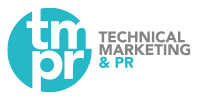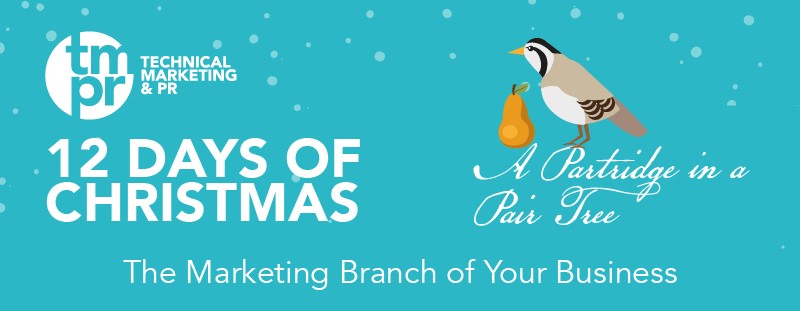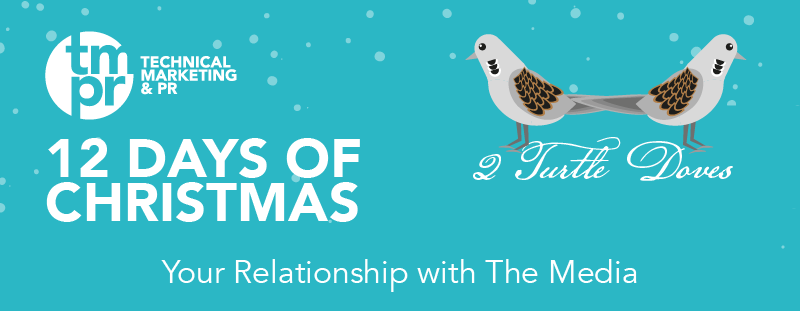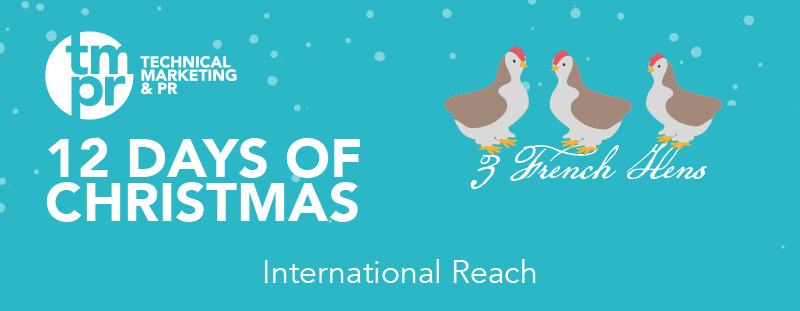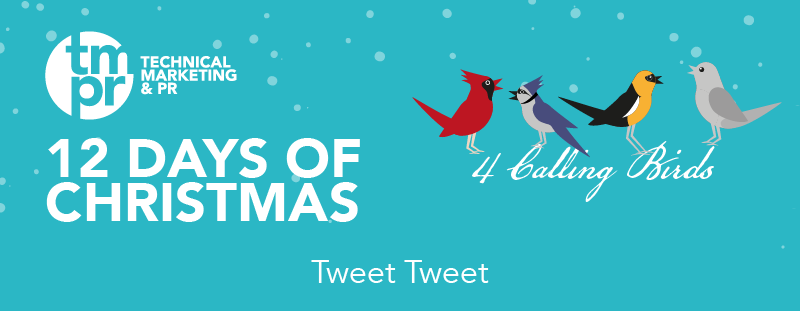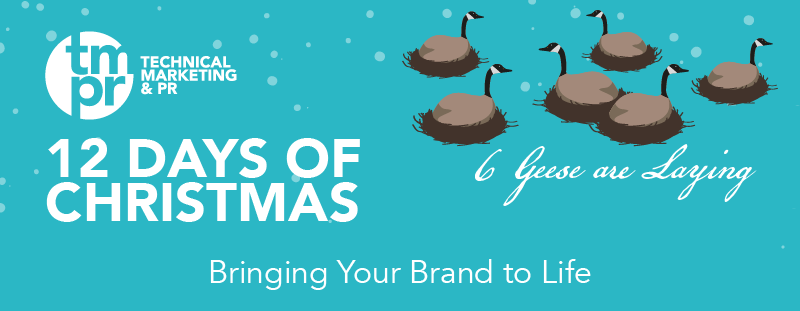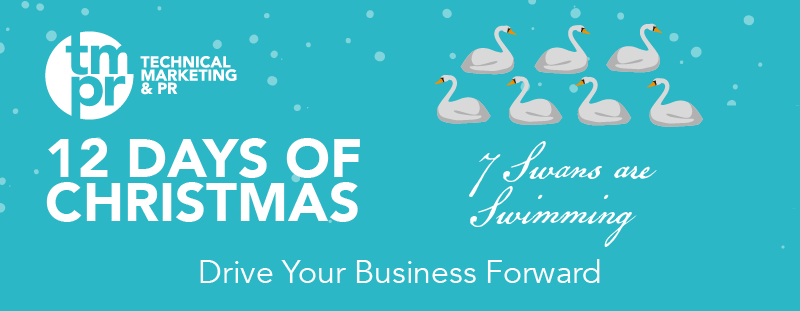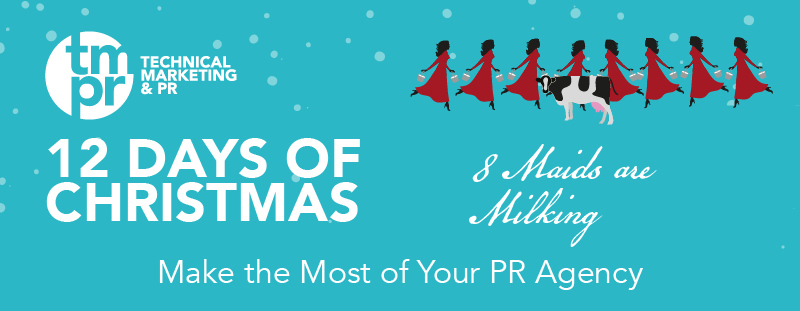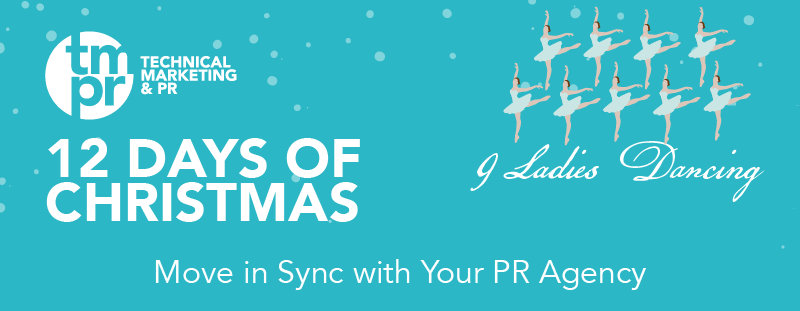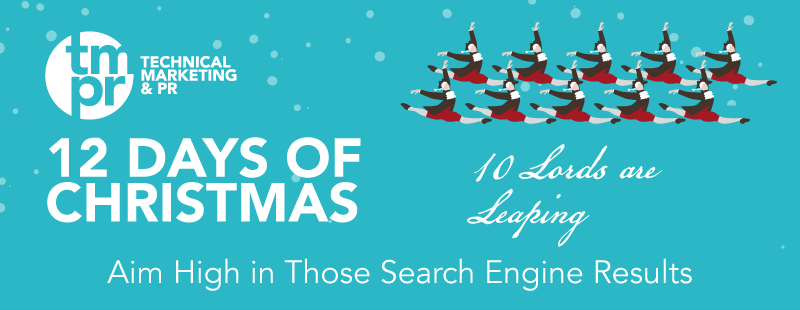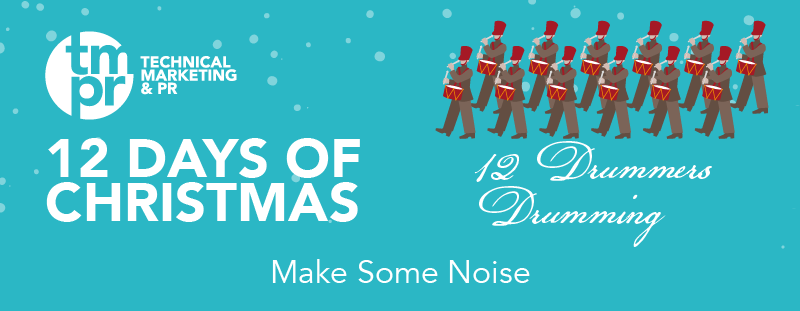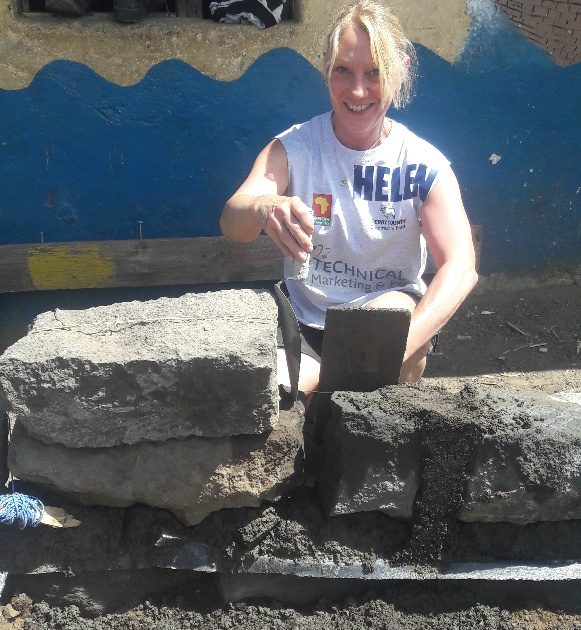Online Content: ‘The Perfect Mix’
In celebration of ‘Pancake Day’ we thought we’d give you a sweet treat to indulge on. We all know if you get the pancake mix wrong, they can end up being a disaster. Online content works in exactly the same way, you need to start with the right ingredients to come up with something that will appeal to your audience. So, here’s what we believe to be ‘The Perfect Mix’:
-
Start with a captivating title
The chances are the first thing your reader will see is the title. You need to make sure that you grab their attention by telling them what the content is about, but equally don’t give away the punchline. It needs to be a teaser that pulls them in and drives traffic to your page or website.
-
Keep paragraphs short
Smart phones and tablets are now the most popular devices to view content on, so make sure you consider this when you’re writing. Short and concise paragraphs mean that when viewed on a mobile device the content won’t appear too ‘heavy’ and the reader is more likely to remain engaged. A few sentences per paragraph are generally ample.
-
Add a strong image
People are far more likely to remember content if paired with a strong image, they’re also more likely to click on it. People love visuals and are programmed to better remember information if associated with images. If your content includes lots of data, why not use an infographic?
-
Avoid using industry jargon
While you may be proud to know a wealth of industry jargon in your sector, it can be hard to decipher and off-putting to your audience. Say what you have to say in the simplest way possible in plain English, it’s far easier for your audience to digest.
-
Break content up into sizeable chunks
When writing, break up your content into small sections that you can later extract and use on social media. This is an easy way to make sure you have strong bits of content that you can push through your social media channels and direct traffic back to the original content piece.
-
Consider using video
Popularity of video content is on the rise and represents an increasing amount of internet traffic. All you need to do is take a look at your social media feeds to see that video content is everywhere, it’s easy for people to view and make sense of, even on the move. Because of subtitles, most videos don’t even rely on sound. The best videos are visual, short and concise and generally last less than a minute. You don’t even need a camera, the quality of the video recorded on your smart phone or tablet is sufficient for online use and there are apps available to help you to edit your video content so that it looks professional.
-
Make your content relevant
When sharing content on social media look out for opportunities to capitalise on your output. Tailor your content towards international days or celebrations that are likely to trend on social media, it will likely increase the amount of traffic to your post. Whether you coincide your content with general or industry specific days/ events, targeted and planned output tends to be more successful.
-
Add hyperlinks
Think about your content and whether it relates to anything in your wider content portfolio. If so, add some hyperlinks linking through to the content. The chances are, if people have made it as far as reading the body of your content they will also be interested in other content you’ve shared. Hyperlinks are an easy way to direct and increase traffic to different areas of your website or social media platforms.
So, there you have it, the perfect mix for online content. If your business needs support or advice on online content, then get in touch. We are more than happy to offer up some of our time for a free consultation.

